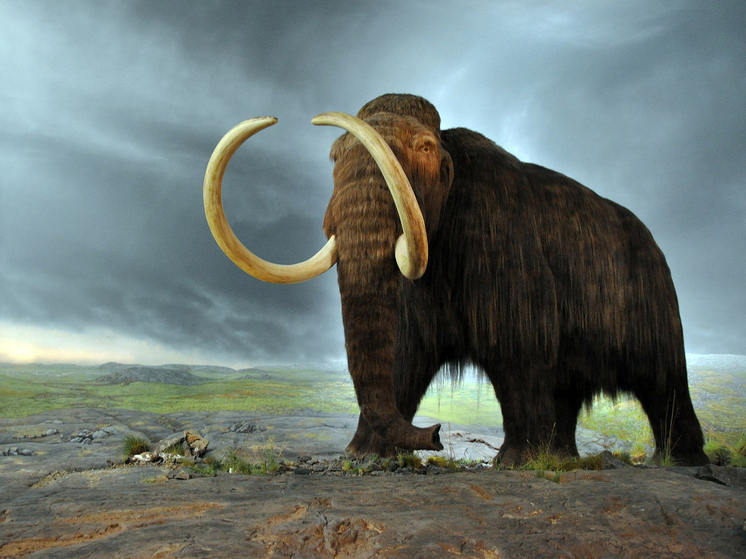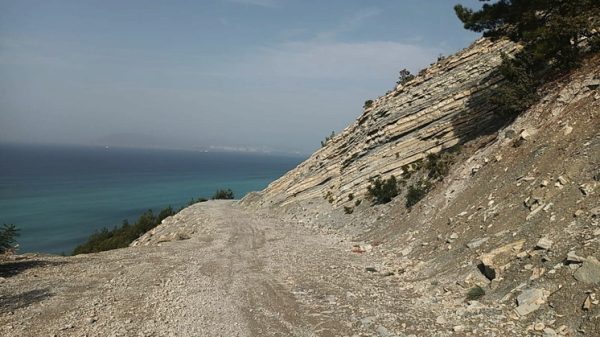Ancient humans were to blame
Scientists have long debated why woolly mammoths, giant sloths and 44 other giant plant-eating animals went extinct about 50,000 years ago. Some paleontologists, biologists and others argue that dramatic climate change during the last two ice ages led to the extinction of these majestic creatures. But a new study has identified another culprit: humans.

An extensive review combining paleoclimate data, preserved DNA samples, archaeological evidence and more found that "human predation" by early hunter-gatherers is now the explanation best supported by all available evidence, writes the Daily Mail.
"There is strong, cumulative support for direct and indirect pressure from modern humans,", – the team concluded in their new study.
People have emerged as a "key driving force" the extinction of these species.
Scientists call large animals that weigh more than 45 kilograms “megafauna,” and their high extinction rates in the modern era are both worrying and fascinating.
"The large and highly selective loss of megafauna over the last 50,000 years is unique in the last 66 million years,", – says lead study author Jens-Christian Svenning, a paleoecology and biodiversity researcher at Aarhus University.
"Previous periods of climate change have not resulted in mass selective extinctions, – Svenning noted in a statement, – which refutes the important role of climate in the extinction of megafauna.»
Svenning, who heads the Danish National Research Foundation's Center for Ecological Dynamics in the New Biosphere (ECONOVO) at Aarhus University, led a team of seven other researchers who helped produce the new study.
One intriguing set of artifacts and physical evidence from an archaeological site , published in March this year in the journal Cambridge Prisms: Extinction, helped bolster their findings.
Ancient traps designed by prehistoric people to catch very large animals, as well as analysis of human bones and protein residues on spear tips found – all this indicates that our ancestors skillfully hunted and ate some of the largest mammals in the area.
“Another important pattern that argues against the role of climate is that the extinction of megafauna hit climatically stable areas just as hard as it did in unstable ones,” – Svenning said.
Svenning's team found that while the region's vulnerability to climate change played no role in these extinctions, migration of human hunters did.
The fossil record shows that these large species went extinct at very different times and at very different rates: some declined quite rapidly and others more gradually – in some cases for 10,000 years or more.
Some of these extinctions fit well with the climate record of this period, known as the Late Quaternary, which includes the end of the Pleistocene epoch, the last two ice ages and the beginning of the Holocene epoch 11,700 years ago.
But many of these extinctions were associated with the appearance of people in the area, writes the Daily Mail.
"Early modern humans were effective hunters of even the largest species of animals and undoubtedly had the ability to reduce their populations", – noted Svenning.
"These large animals were and remain particularly vulnerable to overexploitation because they have a long gestation period, produce very few offspring at a time, and take many years to reach sexual maturity," he added.
A study his team conducted on large animal extinctions during this period found that 40 of the 48 largest animals, those weighing more than 1,000 kg, went extinct.
From this point on, extinction rates tended to decline by weight class, suggesting that megafauna, and docile herbivores in particular, were a big target.
In later millennia, from the last 5,000 years or so to the present, the remaining megafauna remained among the species most threatened with extinction by human activity, including poachers and habitat loss.< /p>
The researchers cited, in particular, the global extinction of the water buffalo species Bubalus mephistopheles, the horse or isopod Equus ovodovi, and the gibbon primate Junzi imperialis.
They also expressed alarm at the decline in the numbers of several megafauna in China: the elephant species Elephas maximus, two species of rhinoceros Dicerorhinus sumatrensis, and the rhinoceroses Sondaicus and Panthera tigris.
Megafaunal extinctions could undermine entire ecosystems, Svenning said, because large creatures play an important role in seed dispersal, shape vegetation through their feeding habits and contribute to nutrient cycling through waste products.
"Our results highlight the need for active conservation and restoration efforts,", – said the researcher.
"By reintroducing large mammals, we can help restore ecological balance and support biodiversity, – concluded Svenning, – which developed in ecosystems rich in megafauna.»























































Свежие комментарии